Yes You Can Winterize Your Boat Yourself: Do This
While you can take your boat to a professional to winterize it for you, doing it yourself can save you money and give you a sense of satisfaction. However, if you don't winterize your boat properly, you could end up with costly repairs come springtime. In this article, we'll teach you two ways to winterize your boat by yourself, depending on your preferences.
You can winterize your boat in two ways: bare minimum and complete winterization. If you're on a tight budget, you can opt for the bare minimum winterization. However, if you want to fully protect your boat during the winter months, then a complete winterization is the way to go.
Bare minimum winterization involves draining the water from your boat's plumbing system and adding antifreeze to the engine. Meanwhile, complete winterization includes the same process but with added steps such as cleaning and waxing the boat and inspecting and sealing cracks. Let's look at a more comprehensive step-by-step process for how these two methods are done.
Summary
- Bare minimum winterization is cheaper upfront and less time-consuming, but it may not provide sufficient protection against extreme cold.
- You can expect to spend around $80-$210 for a bare minimum winterization, while a complete winterization can cost you around $299-$805.
- Complete winterization has higher upfront costs and is more time-consuming, but it provides comprehensive protection against freezing temperatures.
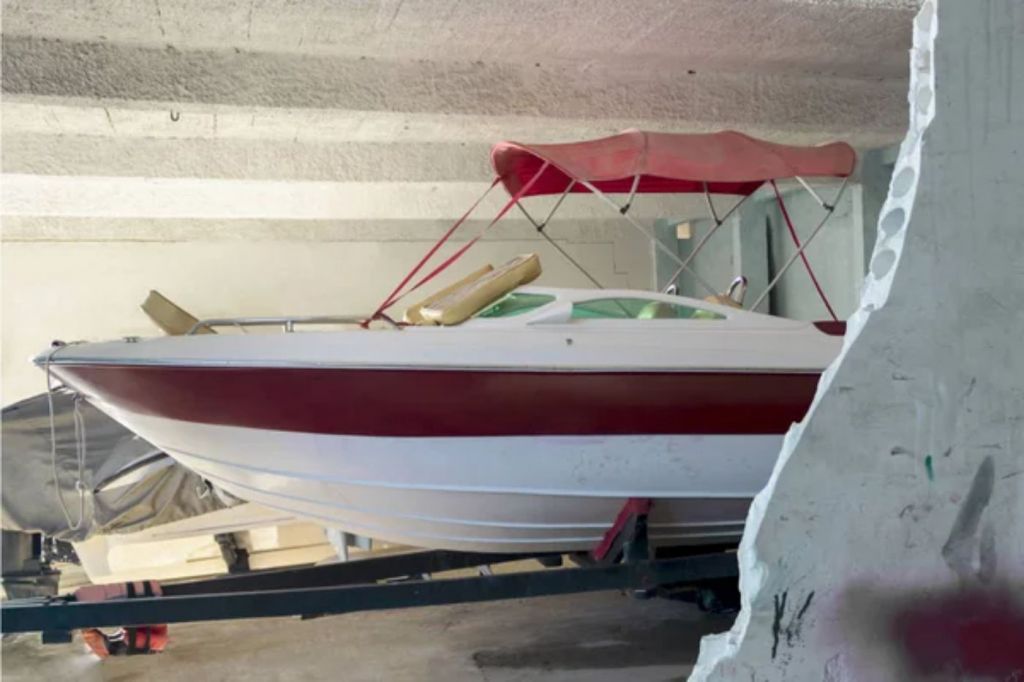
On this page:
Two Ways to Winterize Your Boat By Yourself
The table below shows two ways to winterize your boat by yourself:
| Factors | Bare Minimum Winterization | Complete Winterization |
|---|---|---|
| Cost | Cheaper upfront cost | Higher upfront cost |
| Time | Less time-consuming | More time-consuming |
| Protection | May be sufficient for mild winters Limited protection against extreme cold |
Comprehensive protection against freezing temperatures |
| Risk of damage | Increased risk of damage to pipes and equipment | Reduced risk of damage to pipes and equipment |
| Energy efficiency | Potential for higher utility bills due to heat loss | Improved energy efficiency |
| Insurance requirements | May not meet insurance requirements | Meets insurance requirements |
Winterizing your boat is an essential task that involves protecting your boat's engine, plumbing, and other systems from damage caused by freezing temperatures. It can help you save money in the long run by preventing costly repairs that result from neglecting this important task.
You have two options to winterize your boat: bare minimum and complete winterization. Bare minimum winterization involves draining the water from your boat's plumbing system and adding antifreeze to the engine.
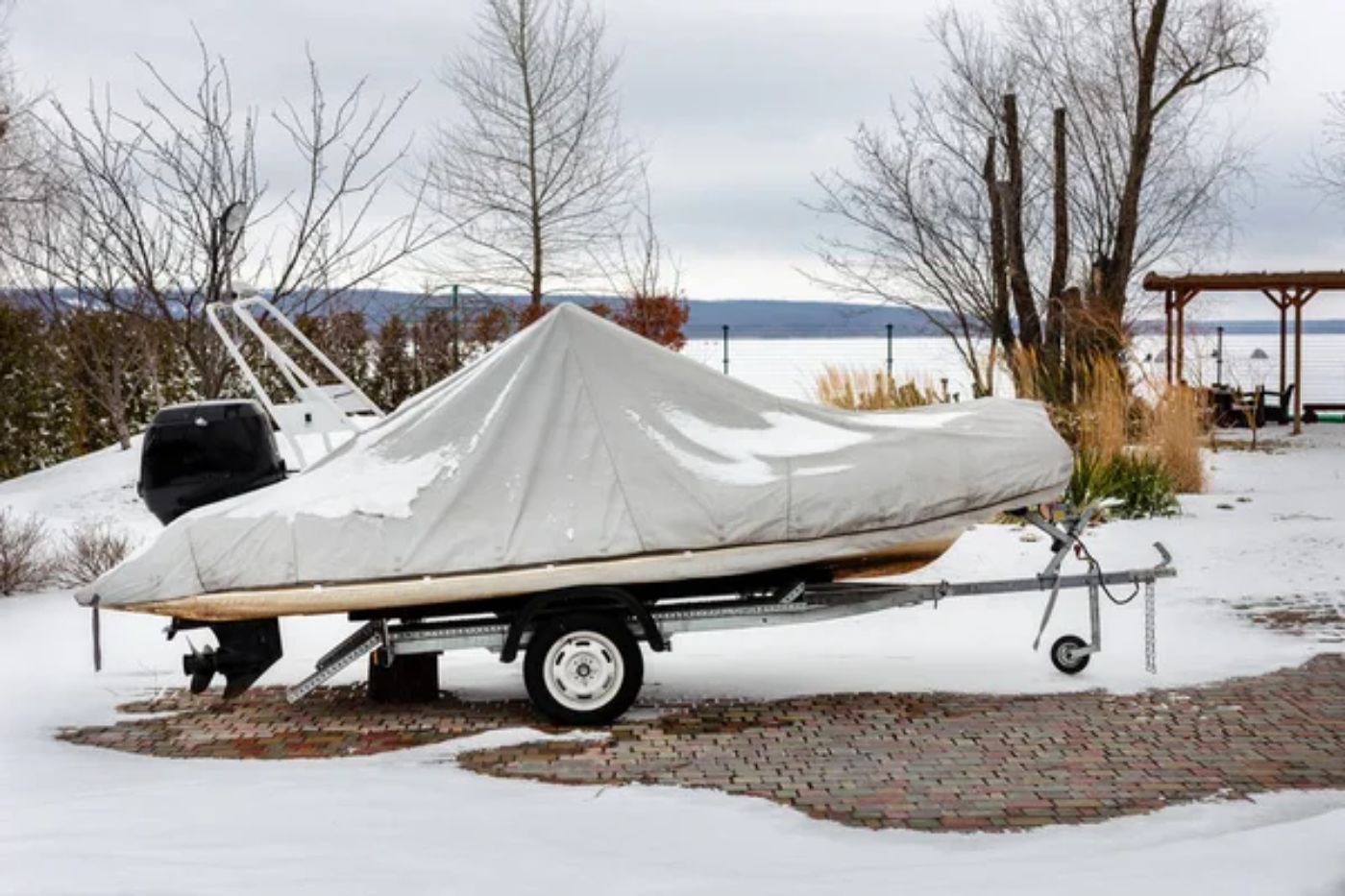
This is the minimum amount of work you should do to protect your boat from freezing temperatures. However, it may not be enough to prevent damage to your boat's systems.
Complete winterization, on the other hand, involves a more thorough process of preparing your boat for the winter months. This includes not only draining the water from your boat's plumbing system and adding antifreeze to the engine but also cleaning and waxing the boat, inspecting and sealing cracks, applying corrosion inhibitors to the engine and other parts, and removing electronics and valuables.
This option provides the most comprehensive protection for your boat and ensures that it will be ready to go when the boating season starts again.

How to Winterize Your Sailboat Cheaper & Quicker
Do Bare Minimum Winterization To Save Money And Time
The table below shows the overall estimated cost you can expect to spend if you will only be doing a bare minimum winterization for your boat:
| Materials | Estimated Cost | Quantity | Overall Total Cost |
|---|---|---|---|
| Antifreeze | $5-$10 per gallon | 3-5 gallons | $15-$50 |
| Engine fogging oil | $5-$10 per can | 1-2 cans | $5-$20 |
| Fuel stabilizer | $10-$20 per bottle | 1-2 bottles | $10-$40 |
| Battery charger | $50-$100 | 1 | $50-$100 |
| Total cost | - | - | $80-$210 |
While bare minimum winterization will help protect your boat from freezing temperatures, it's always a good idea to follow your boat manufacturer's advice and do a complete winterization if you can afford it.
In Texas, where winters are mild, you may be able to get away with just the bare minimum. However, in colder climates, a complete winterization may be necessary to avoid expensive repairs in the spring.
Below are some tips to help you get started:
Drain the water
The first thing you need to do is to drain all the water from your boat's water systems. This includes draining the water tank, water intake, and any hoses that are connected to it. Consider removing the drain plugs from the engine block and outboard motor.
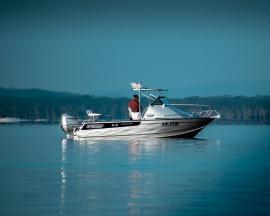
When To Winterize Your Boat Motor Exactly?
Take care of your engine
Change the engine oil and filter, and add a fuel stabilizer to the fuel tank. This will prevent the fuel from breaking down and causing problems in the spring.
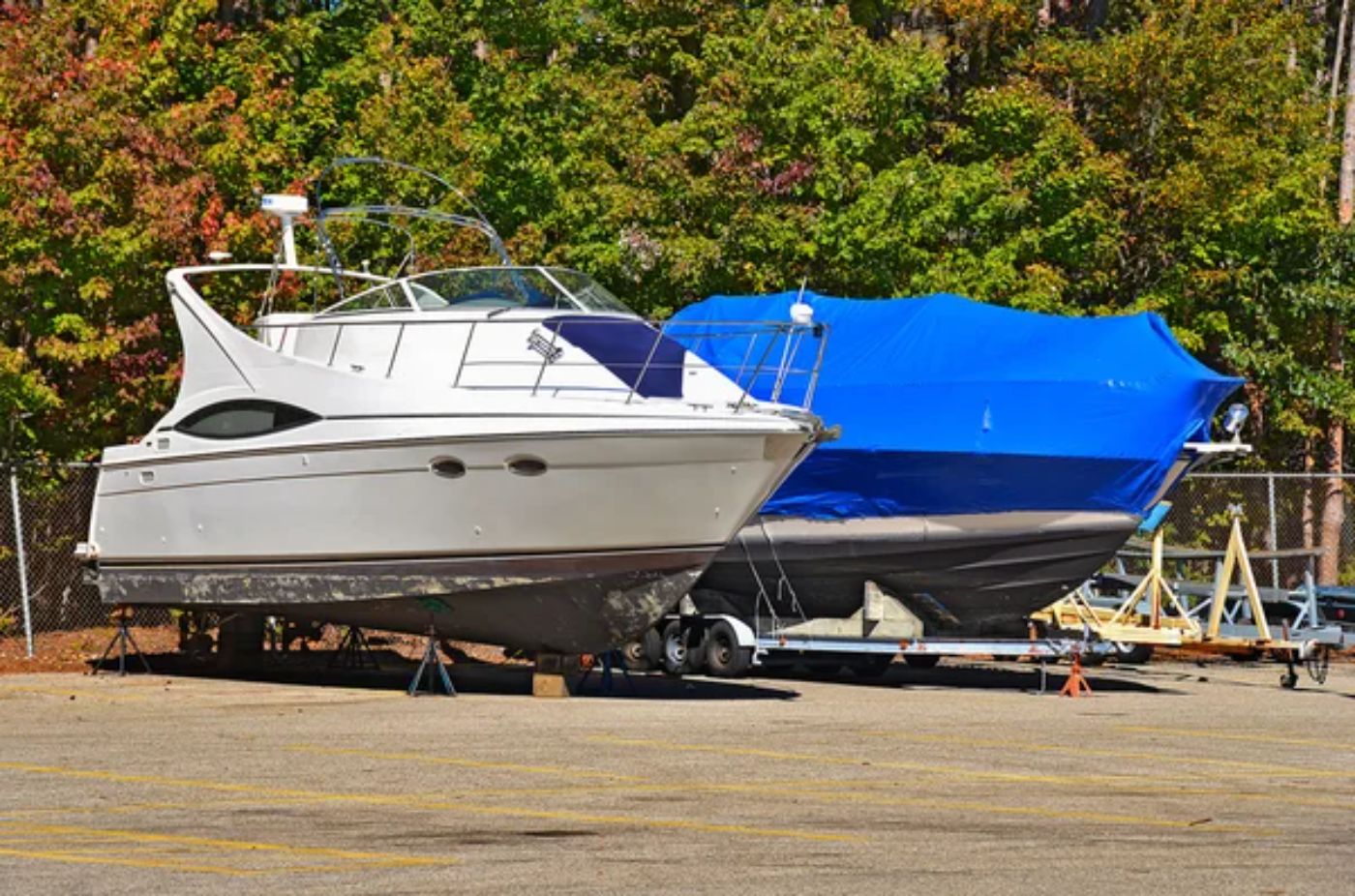
Maintain the fuel system
In addition to adding a fuel stabilizer, you should also change the fuel filter(s) and drain any water that may have accumulated in the fuel tank. This will prevent any damage to the fuel injectors and other components of the fuel system.
Store your boat properly
If you're storing your boat for the winter, remove the battery and store it in a cool, dry place. Make sure to also disconnect the battery cables and clean the terminals.
Cover your boat to protect it from the elements
A boat cover is the most common option, but you can also use shrink wrap if you live in an area with heavy snowfall. Inspect all the seals and electronics on your boat before covering it.
If you're looking for unique boat prop cover ideas, you can check out this article for some tips and tricks.
Do Complete Boat Winterization If You Want Full Boat Protection
The table below shows the overall estimated cost you can expect to spend if you opt to do a complete winterization for your boat:
| Materials | Estimated Cost | Quantity | Overall Total Cost |
|---|---|---|---|
| Antifreeze | $5-$10 per gallon | 3-5 gallons | $15-$50 |
| Engine fogging oil | $5-$10 per can | 1-2 cans | $5-$20 |
| Fuel stabilizer | $10-$20 per bottle | 1-2 bottles | $10-$40 |
| Battery charger | $50-$100 | 1 | $50-$100 |
| Heater | $200-$500 | 1 | $200-$500 |
| Insulation | $0.50-$2 per linear foot | 20-30 feet | $10-$60 |
| Caulk | $2-$5 per tube | 2-3 tubes | $4-$15 |
| Weatherstripping | $5-$10 per roll | 1-2 rolls | $5-$20 |
| Total cost | - | - | $299-$805 |
If you want to ensure that your boat is fully protected during the winter months, then a complete winterization is the way to go. This process involves taking a number of steps to prepare your boat for the cold and freezing temperatures.
While it may be more expensive than a bare minimum winterization, it can save you a lot of money in the long run by preventing damage to your boat. Here are some tips for completing a full winterization:
Apply corrosion protection to the engine and other parts
Corrosion is a common problem during the winter months, so you need to take steps to prevent it. This includes inspecting all hoses and connections for signs of corrosion and replacing any that are damaged. You should also apply a corrosion inhibitor to the engine and other metal parts of your boat.
Inspect and seal
You may want to inspect your boat for any signs of damage or wear before winterizing it. This includes checking all seals and gaskets for signs of cracking or wear and replacing any that are damaged.
You should also inspect the propeller and rudder for damage, and replace any damaged parts. One of the most common mistakes boaters commit when winterizing their boat is failing to check and repair leaks, so avoid making this mistake.
Change the engine oil and filter
This step involves draining the old oil from the engine and replacing it with fresh oil. This is to remove any contaminants that may have accumulated during the boating season. The oil filter should also be replaced to ensure that the engine is running with clean oil.
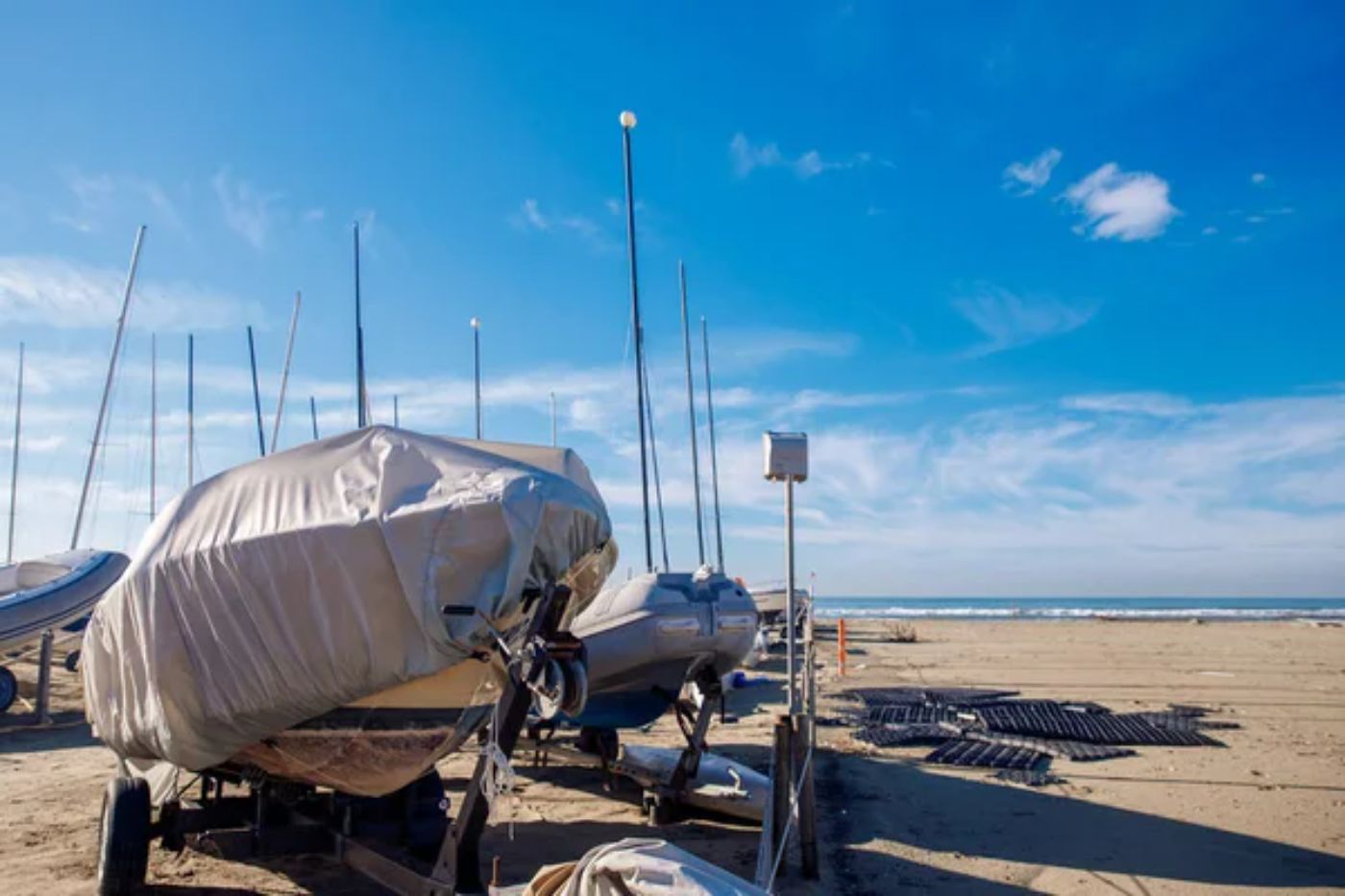
Drain all water sources
All water should be drained from the engine block, exhaust manifolds, and raw water system to prevent any remaining water from freezing and damaging the engine. This can be done by removing the drain plugs from the engine and exhaust manifolds and running antifreeze through the system.
Drain the fuel tank and fuel lines
The fuel tank and fuel lines should be drained to prevent the fuel from breaking down over the winter. Old fuel can cause problems when starting the engine in the spring, so you will need to remove it and add a fuel stabilizer to the tank to prevent moisture buildup.
Apply engine fogging oil
Remove the spark plugs from the engine and spray fogging oil into each cylinder. This is to prevent rust and corrosion from forming inside the cylinders over the winter. The fogging oil should be sprayed until it comes out of the spark plug holes.
Disconnect the battery and store it in a dry, cool place
The battery should be disconnected and removed from the boat to prevent it from freezing and being damaged over the winter. It should be stored in a dry, cool place and charged periodically throughout the winter to maintain its charge.
Remove any electronics or other valuables from the boat
Remove any electronics and equipment from the boat including items such as GPS units, radios, and fishing gear. You should also remove any valuables from the boat, and store them in a secure location.
Clean the boat thoroughly
The boat should be cleaned thoroughly, including the hull, deck, and interior. This will remove any dirt, grime, or salt that may have accumulated during the boating season. Waxing the hull will help protect it from the elements over the winter.
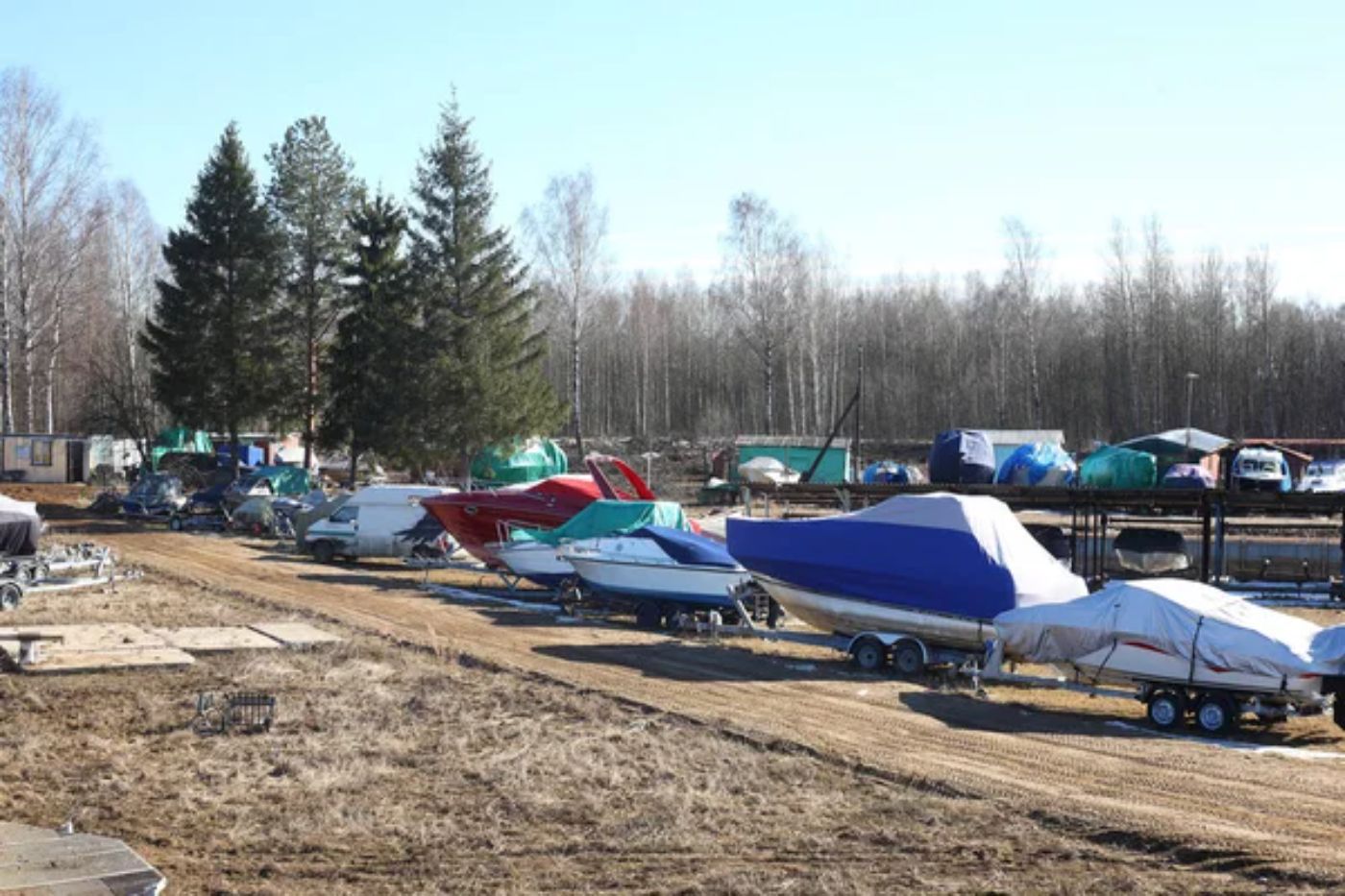
Cover the boat with a tarp or shrink wrap
The boat should be covered with a tarp or shrink wrap to protect it from the elements such as snow, rain, and debris from accumulating on the boat and causing damage. A tight-fitting cover will also prevent animals from making a home in the boat during the winter.
Check out the best cover when winterizing boats in this article.
Did you find the answer to your specific question?
👍 0 👎 0

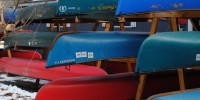
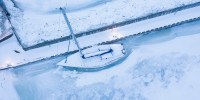
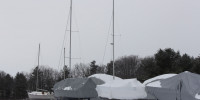
Leave a comment